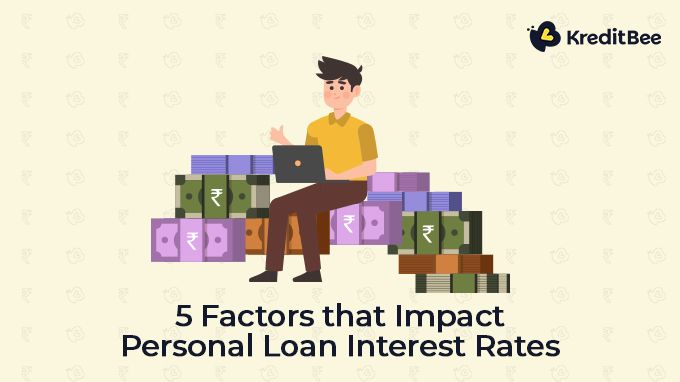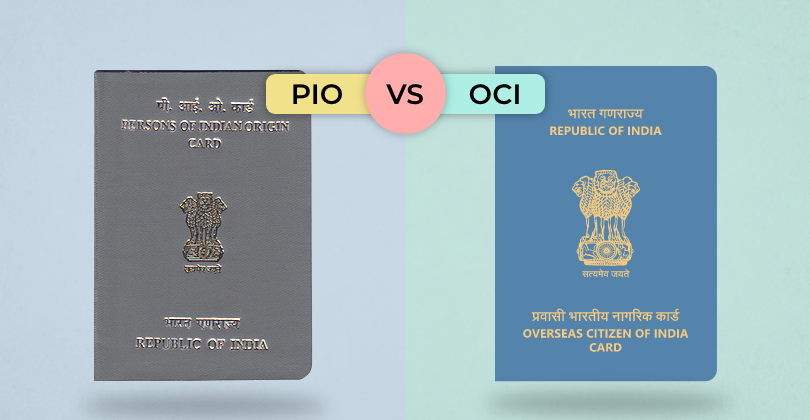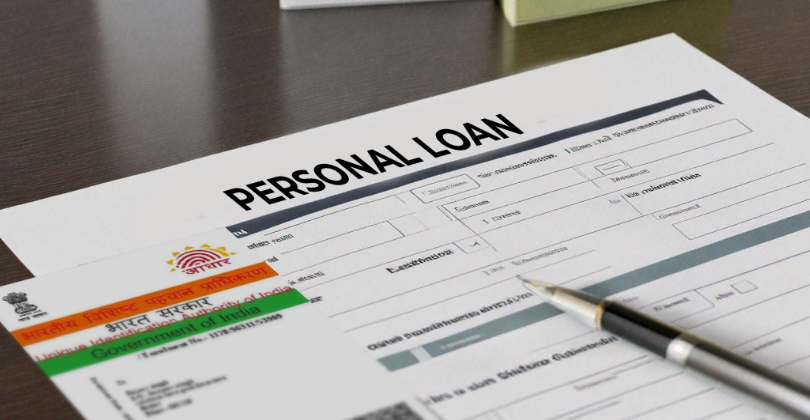Are you of Indian origin and living abroad? You've probably come across terms like PIO and OCI. These cards offer different benefits, but it can
In recent years, banks and NBFCs in India have given greater attention to providing unsecured credit to individuals. A key financial product that has emerged as the preferred choice of borrowers in recent years is the personal loan. Key reasons for its popularity include quick disbursal, zero collateral requirement, and flexible end-use. That said, this increased focus by lenders does make it difficult for borrowers to distinguish between the multiple personal loan offers available to them. Thus, the personal loan interest rate has emerged as one of the key criteria that prospective borrowers consider while choosing a personal loan.
Credit History and Score
An individual’s credit history refers to a comprehensive record of how he/she has handled debt in the past. This is a record of all his/her credit card and loan dues, and it is recorded in a credit report. This credit report is collated by one of the 4 credit information companies operating in India – TransUnion CIBIL, Equifax, Experian and CRIF HighMark. A key section of the credit report is the credit score which is 3 digit number between 300 and 900 which sums up the credit history of an individual. A higher credit score is an asset that typically results in a lower interest rate for the borrower. Moreover, clear credit history with no or minimal late payments and/or defaults/settlements would also help in lowering the interest rate on unsecured borrowings.
Check your Credit Score - Download App
Borrower’s Income and Current Debt
Typically, having a higher income results in a higher repayment capacity. But lenders typically correlate it with the current debt of the borrower. A higher debt burden reduces the borrower’s repayment capacity even if his/her income is high. Thus, a combination of the two factors plays a major role in determining the personal loan interest rate that will be offered. Typically, the fixed monthly obligation to income ratio of the borrower needs to be less than 50% in order to get the best deal on loan interest rates.
Loan Amount and Tenure
Unsecured loans such as a personal loan represent a higher risk for the lender as compared to secured loans that feature collateral. That’s the key reason why unsecured loans typically feature a higher interest rate as compared to secured ones. That said, in practice, higher loan amounts if sanctioned often feature a higher interest rate as compared to lower loan amounts.
Another noteworthy aspect is the impact of tenure on interest rates. Typically, a longer tenure might feature a lower interest rate as compared to shorter loan tenure. While this might seem to be a risky proposition for the bank/NBFC, you do need to keep in mind that a lower interest rate over a longer tenure does have the potential to increase the earnings from a loan. This is in comparison to the same loan being offered at a higher rate for a shorter tenure. That said, some public sector banks still charge a higher rate of interest on loans borrowed for a longer tenure as compared to a short one.
Employment Type/History and Employer Reputation
A majority of lenders offer the lowest personal loan rates to individuals who are salaried, have a long term association (usually 2 years or longer) with their current employer and are employed with a reputed organization. Similarly, self-employed individuals and professionals usually have to pay a higher rate of interest on their borrowings as compared to most salaried individuals. In terms of the type of employment impacting loan rates, salaried doctors and teachers are usually offered preferential low interest rates on loans by most lenders. At the same time, salaried individuals in high-risk occupations may have to contend with a higher interest rate on their loans.
Interest Calculation Methodology
Currently, the interest on personal loans is calculated using one of two methods – the flat balance method or the reducing balance method. In the flat balance method, interest is always calculated on the entire loan principal. On the other hand, in the case of the reducing balance method, the interest is calculated only on the principal amount outstanding. Thus, the total interest payout is typically higher in the case of the flat balance method as compared to the reducing balance method for the same interest rate. Thus, in most cases, lenders who offer personal loans using the flat balance method tend to offer a lower interest rate than lenders who offer personal loans based on the reducing balance method.
Conclusion
While the above factors are the main ones that influence the interest rates applicable to personal loans, they are by no means the only factors that should be considered when opting for unsecured credit. At the time of application, applicants also need to bear in mind other charges such as processing fees, pre-payment charges, etc. that add to the overall cost of borrowing unsecured credit. Keeping an eye out for these charges is key to ensuring that a borrower makes an informed choice when it comes to choosing a specific personal loan offer.
AUTHOR
KreditBee As a market leader in the Fintech industry, we strive to bring you the best information to help you manage finances better. These blogs aim to make complicated monetary matters a whole lot simpler.







